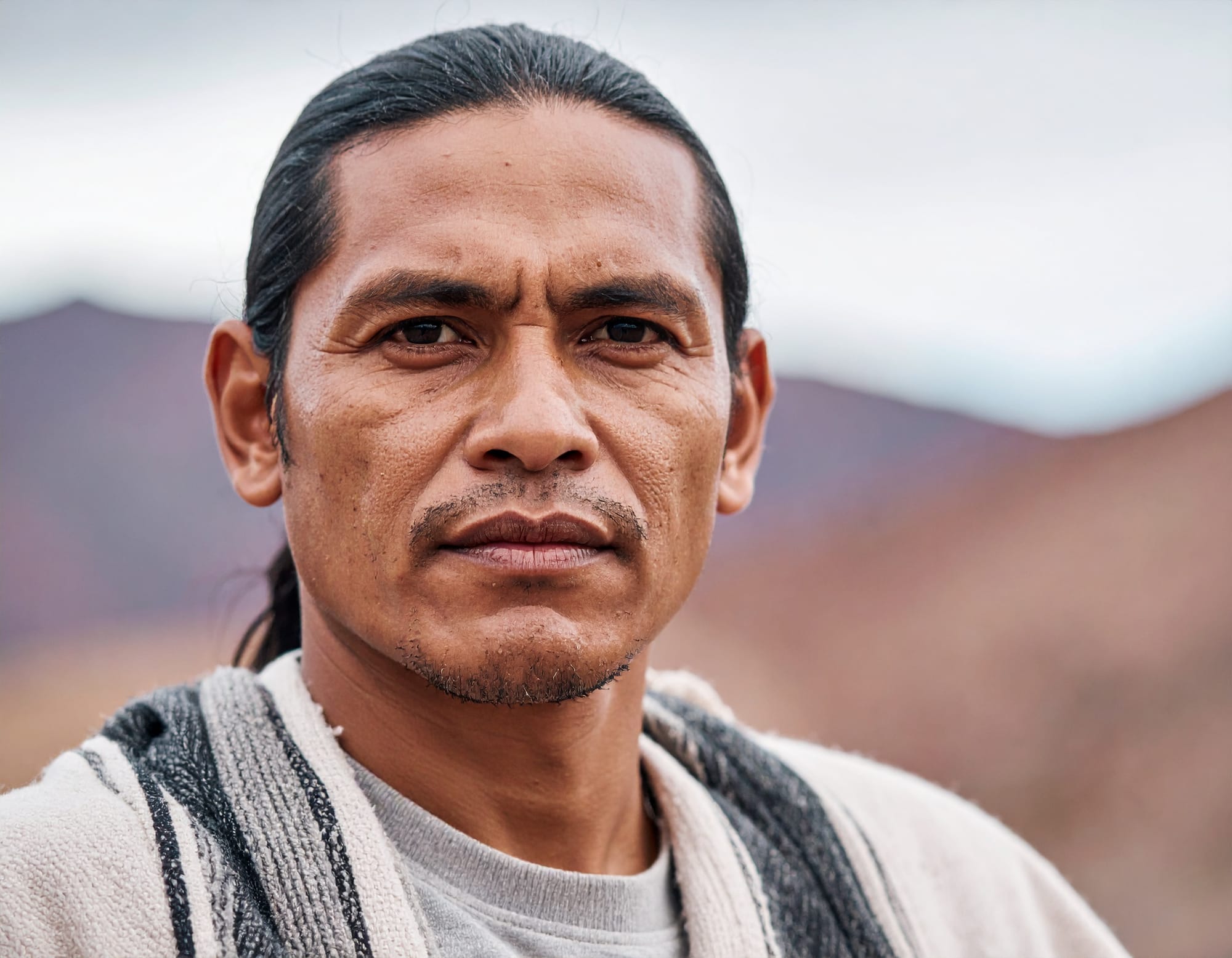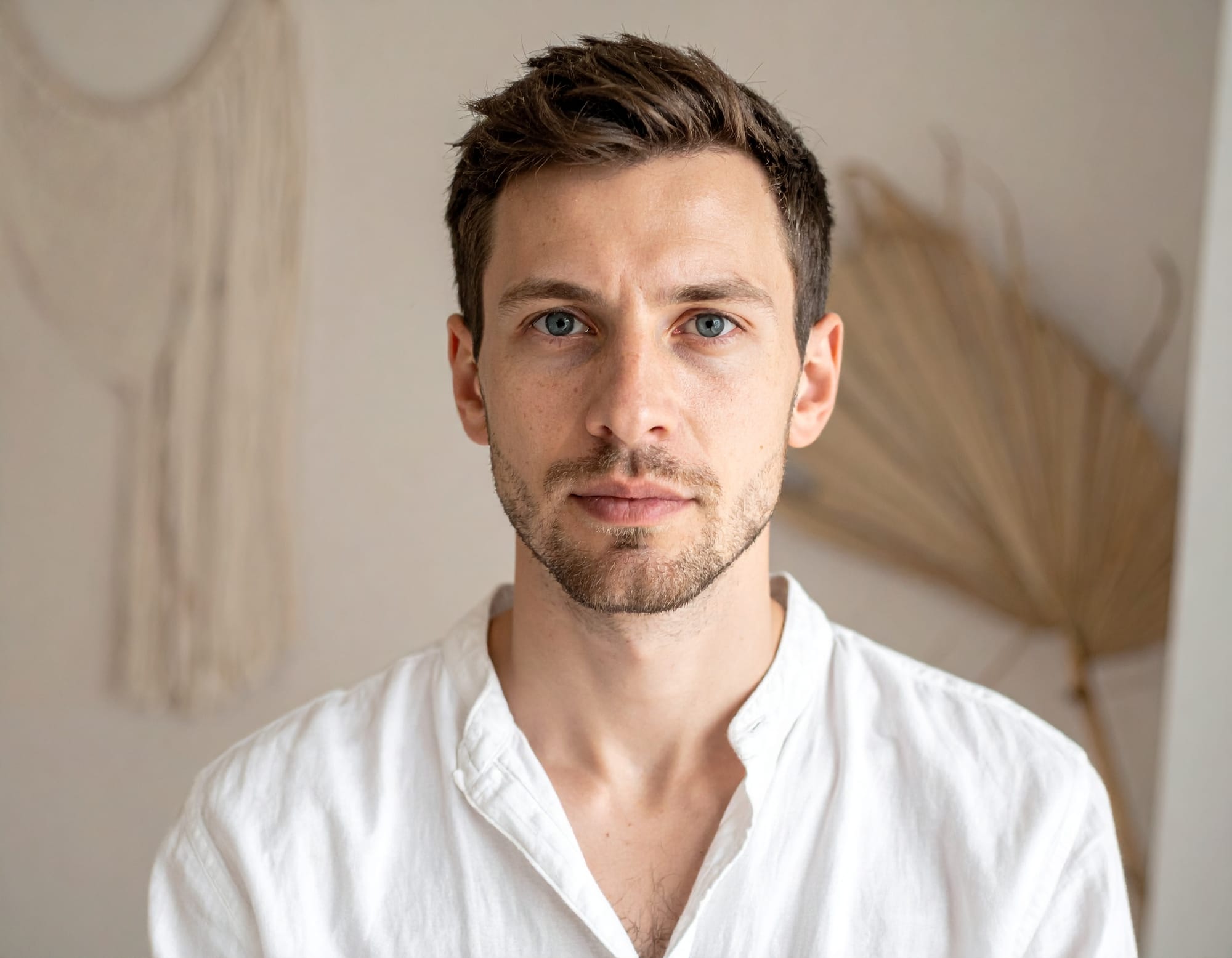On the ancient wisdom of energetic discernment and the profound responsibility of conscious disengagement
There are certain trees that grow at the edge of cliffs, their roots anchored in stone, their branches reaching toward light that others cannot touch. These trees learn something that their forest cousins never need to know: when to stop growing toward what cannot nourish them. The curanderos of the high mountains understand this particular wisdom. They know that not every soil can support every seed, that not every season is meant for every harvest.
In the realm of healing, shamans do not turn away lightly. Their work is rooted in the deepest mysteries of transformation, in the delicate art of midwifing souls through territories where ordinary maps offer no guidance. Yet there are moments when even the most compassionate healer will set down their tools, step back from the altar, and speak the words that modern culture finds almost unthinkable: "This work is not for you. Not now. Perhaps not ever."
You might wonder what could bring a practitioner to such a threshold. After all, isn't healing supposed to be available to everyone? Isn't love meant to be unconditional? These questions reveal something profound about how we've come to misunderstand the nature of transformation itself.
The Ecology of Readiness
Consider how water moves through different landscapes. In some places, it flows freely, carving new channels, bringing life to everything it touches. In others, it meets rock so dense that it can only pool on the surface, slowly evaporating back into the sky. The water isn't failing. The rock isn't deficient. They're simply engaged in different relationships with time and change.
Consciousness operates according to similar principles. Some awareness arrives at healing encounters like thirsty earth, ready to absorb whatever wisdom gets offered. Other configurations of mind present like polished marble - beautiful, perhaps, but fundamentally impermeable to the kind of dissolution that authentic transformation requires.
This is where the deep work of what modern psychology calls shadow work intersects with ancient shamanic understanding. The traditions recognized that spiritual growth often requires encountering aspects of self that have been hidden or rejected. But shadow work, they understood, demands more than intellectual recognition. It requires the willingness to let these hidden aspects transform the very foundation of who you believe yourself to be.
The shamanic traditions developed over thousands of years of careful observation. They noticed that certain patterns of consciousness could consume enormous amounts of healing energy while remaining essentially unchanged. Not because the healers lacked skill or the medicine lacked potency, but because something in the very structure of how that person related to reality was organized around staying exactly as it was.
You might have encountered this in your own life. Perhaps you've known someone who speaks eloquently about spiritual awakening while remaining unconsciously committed to the very dynamics that create their suffering. They attend mindfulness retreats, engage in what appears to be deep inner healing work, seek guidance from wise teachers, yet something fundamental never shifts. The language changes, but the underlying patterns persist.
The meditation cushion becomes another place to avoid genuine self awareness. The healing sessions become opportunities to extract attention rather than cultivate authentic presence. What looks like spiritual growth from the outside often masks a sophisticated resistance to the very changes being discussed.

Reserve your private session
When the Sacred Becomes Currency
There's a particular phenomenon that elders in wisdom traditions learn to recognize: the person who has discovered that spiritual seeking itself can become a sophisticated form of avoiding actual change. These individuals often become fluent in the vocabulary of transformation. They know which words to say, which vulnerability to perform, which insights to claim as their own.
Yet beneath the surface presentation, something else is operating. The spiritual concepts become tools for maintaining control rather than surrendering it. The healing practices become ways of extracting energy from others rather than cultivating self love and inner resources. The language of awakening gets used to reinforce the very sleeping that it was meant to dissolve.
This isn't conscious deception, usually. It's more like a river that has learned to flow uphill, defying the natural laws that govern how consciousness actually moves toward greater freedom and authenticity.
The experienced practitioner learns to sense this phenomenon not through judgment but through what indigenous traditions call "deep listening." It's the recognition that emerges when you feel into the actual movement of energy rather than being captivated by surface presentations. This form of mindfulness reveals patterns that ordinary observation might miss.
The Art of Sacred Refusal
When shamans encounter these configurations, their response emerges from love rather than frustration. They understand something that modern therapeutic culture often misses: that attempting to heal someone who is not genuinely ready for transformation can create harm for everyone involved.
For the person seeking help, it reinforces the very patterns that keep them trapped. It teaches them that they can continue to extract resources from others without ever having to face the fundamental choices that authentic change requires.
For the healer, it creates what the traditions recognize as "spiritual hemorrhaging" - a steady drain of life force that serves no constructive purpose. The energy that could be supporting genuine transformation instead gets consumed by patterns that have no intention of evolving.
Perhaps most importantly, it prevents both people from engaging in the relationships that could actually serve their growth. The false healing dynamic occupies space that authentic connection might otherwise fill.

Reserve your private session
If You Recognize Yourself in This Mirror
The most challenging aspect of this recognition is that it often applies to people who genuinely believe they're seeking change. The first invitation is to feel into the difference between wanting things to change and being willing to change yourself.
You might explore these questions with genuine curiosity: When you seek guidance or support, what are you actually hoping will happen? Are you looking for tools and perspectives that could facilitate your own transformation? Or are you seeking confirmation that your current patterns are justified, that the problem lies somewhere outside yourself?
Notice what happens when someone offers you feedback that challenges your preferred self-image. Do you find yourself naturally curious about what they're seeing? Or do you immediately begin constructing explanations for why their perception is incorrect?
This kind of self awareness requires what the contemplative traditions call "spiritual maturity" - the capacity to witness your own patterns without immediately defending them. It's a form of inner healing that doesn't seek to fix or improve but simply to see clearly what is actually present.
Pay attention to the relationships in your life. Do people seem energized by spending time with you, inspired by your growth, glad to offer their support? Or do you notice a pattern of people gradually becoming less available, setting boundaries that feel confusing or hurtful?
The path toward authentic readiness often begins with what the traditions call "holy desperation" - the recognition that the familiar ways of being have exhausted their capacity to create the life you actually want. This moment of genuine surrender creates the foundation for personal transformation that no amount of external intervention can provide.
If You Find Yourself Trying to Help
Perhaps you're on the other side of this dynamic. You care about someone whose potential you can clearly see, yet your efforts to support their growth seem to disappear into patterns that remain fundamentally unchanged. Your energy gets consumed without creating the transformation you both claim to want.
The wisdom traditions offer clear guidance for these situations: honor the natural rhythms of readiness rather than trying to force change where it's not welcome.
Notice whether your help actually catalyzes growth or simply enables familiar patterns to continue. Feel into whether the person integrates the insights and tools you share or whether they seem to vanish into an unchanged lifestyle.
Consider that sometimes the most loving thing you can offer someone is the experience of facing their patterns without external support. This isn't punishment but natural consequence, the organic feedback that life provides when old ways of being have served their purpose.
The art lies in withdrawing your energy without hardening your heart, in maintaining compassion while releasing attachment to outcomes that aren't yours to control.
The Deeper Service
What the shamanic traditions understood is that conscious refusal often serves a deeper healing than blind acceptance ever could. When someone can no longer rely on external energy to maintain patterns that don't actually serve them, they're invited into the kind of authentic surrender that makes genuine transformation possible.
Sometimes the most powerful medicine is the medicine of natural consequences, the lived experience of what happens when we can no longer avoid the choices that our soul is calling us to make.
This doesn't mean becoming harsh or punitive. It means trusting that consciousness itself has its own intelligence, its own timing, its own ways of creating the conditions that support authentic growth.
The shamans walk away not because they've stopped caring but because they care enough to allow each soul to find its own relationship with change, its own timeline for readiness, its own path toward the truth that no amount of external intervention can provide.
In walking away, they create space. Space for their own energy to serve where it can create genuine transformation. Space for the other person to encounter their patterns without distraction. Space for life itself to provide the teaching that human effort cannot manufacture.
This is perhaps the deepest wisdom the traditions offer: that love sometimes looks like stepping back, that service sometimes means refusing to serve, that the most profound healing happens in the spaces between us where mystery moves according to laws we can honor but never control.


















